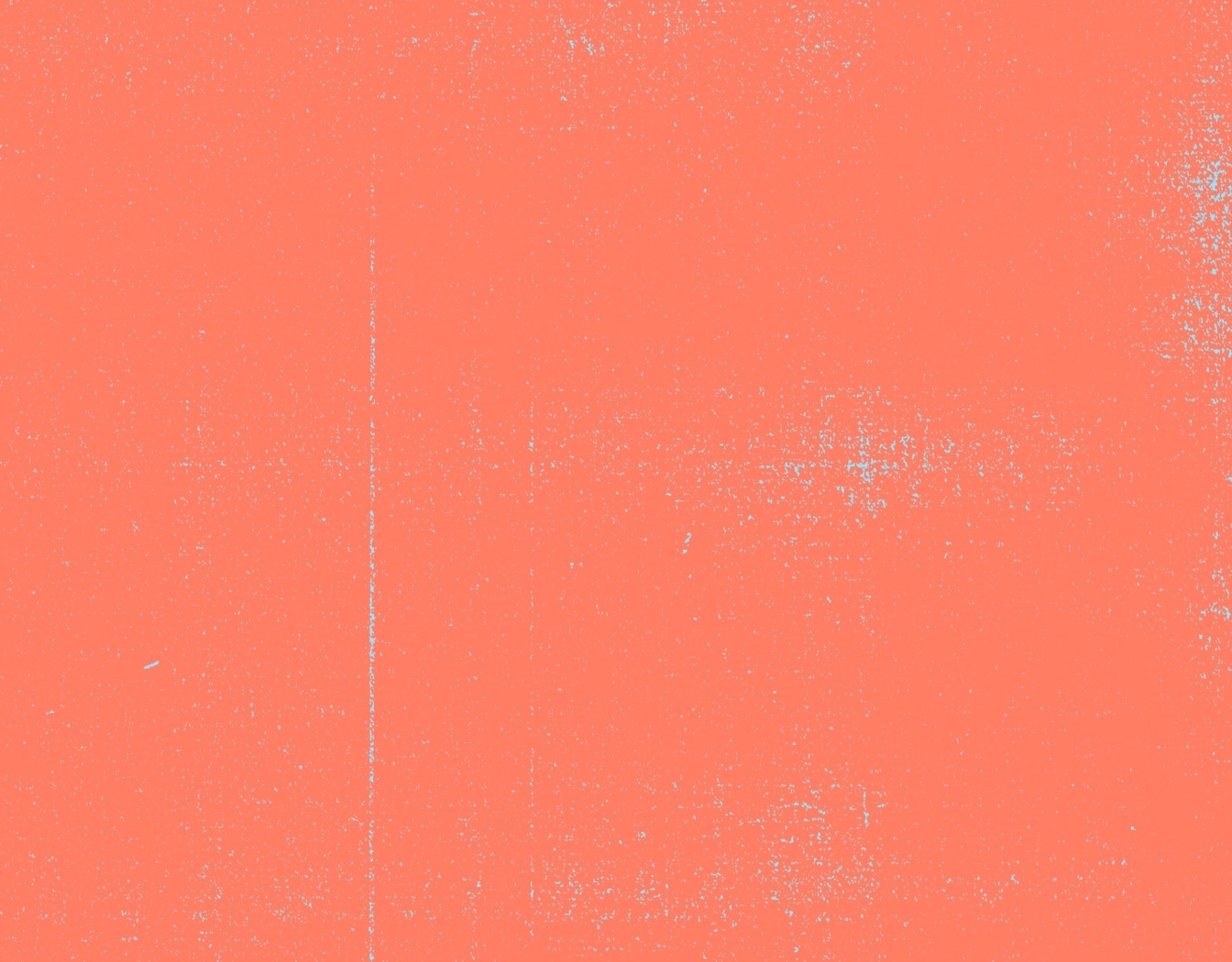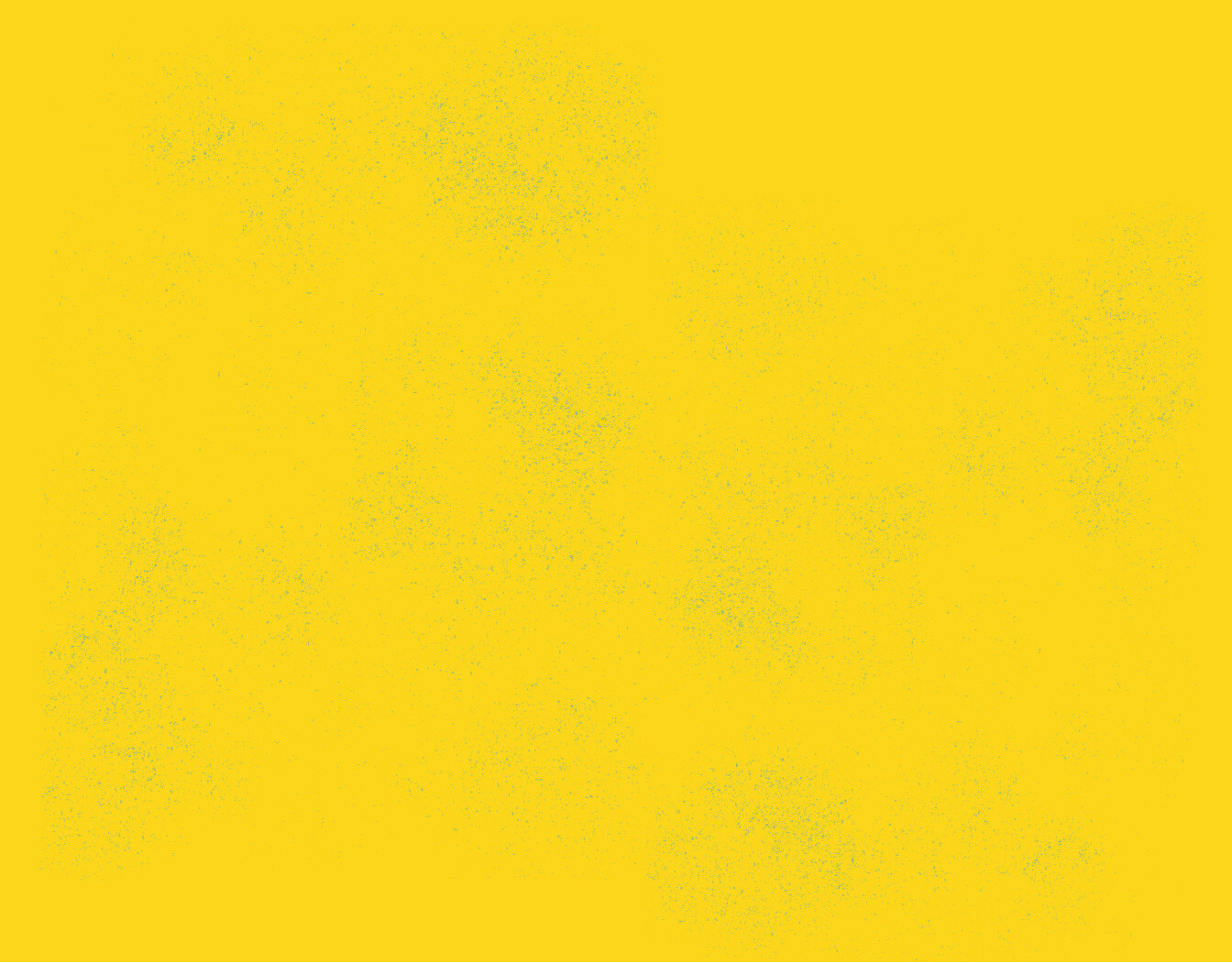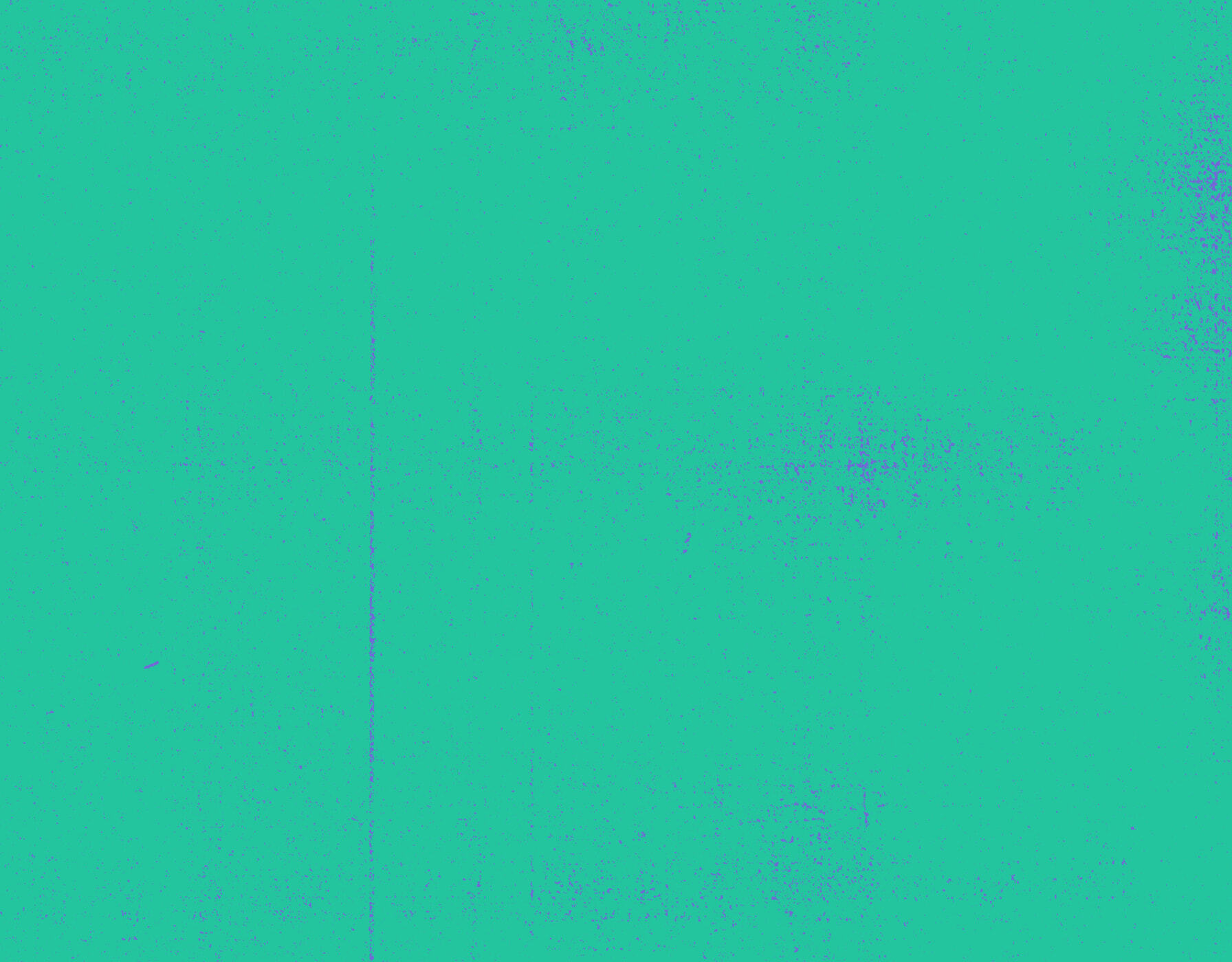Op-Ed | Who I Follow
Who I Follow: Rajdeep Sardesai
How do the best accounts on Twitter use Twitter? How do they balance their Tweeting with their day job, how often do they check their mentions, and, most importantly, who are their favorite follows? In Who I Follow, we explore the habits of our favorite follows each month. This month’s edition is drawn from an interview with Rajdeep Sardesai, journalist, author, and news anchor for India Today.
I've been on Twitter for 11 years and I think the challenge for a journalist, in particular, is to use Twitter to provide as much information as possible. The occasional opinion will be there, and I am an opinionated person so that will come through, but the key is to give information. I don't want to use Twitter as I once did, perhaps, to grab a bit of attention.
B.C. (before coronavirus), I would use Twitter three or four times a day, in the morning after having read the morning newspapers, [Tweeting] the odd good morning “Suprabhatam” inspirational message, maybe Tweet out a couple of articles, check once in the late afternoon, and then late evening, promoting my show. In A.C. times, I just seem to be hooked on it because I have more time to myself. Coronavirus is a huge story, and that means that I'm following people who I never did before.

I try every now and then, especially when I go out of the studio, to take and post the odd picture with a little storyline and a hashtag. I think that gives people a sense that this is more than just an opinion sitting in a studio. And, of course, on a big news day — an election day, or when the prime minister's giving a speech on corona — I’m live-Tweeting. We've been doing that during the budget, for example, at India Today. The aim is that whenever there's a big story, or whenever you're out in the field, try to use Twitter as a form of engagement. It depends on the subject matter but I now find myself much more comfortable occasionally Tweeting in Hindi, and reaching out to new audiences.
I found whenever I've written a book, I've used Twitter as one of the core mediums to talk to people. If somebody is taking the time to read your book, and then [Tweet] about it, I’ll always respond. I think for an author, for a playwright, for a filmmaker, for someone in the creative profession, who wants constant feedback — not necessary for it to be positive — but needs feedback, it's a great medium.

I follow senior politicians and fellow journalists, because they have a lot of information that is valuable, and they might put out articles that otherwise I haven't read. Prime Minister Modi is a favorite follow, and Rahul Gandhi also seems to be Tweeting more than using any other instrument at the moment to be engaged in public life. Shashi Tharoor is someone who's got an opinion, and he doesn't hesitate to express it. You never know when Mr. Trump is going to say what on Twitter. I sent him a message once, haven't had a response yet.
I might follow people who have a very different worldview to hear and see what they're saying. I also follow a lot of medical research accounts now, such as Johns Hopkins University, just to find out what's happening, and the World Health Organization for authentic information and data.
The network has been using Twitter to source questions for the experts on my primetime show, “News Today,” as well as other shows. I have DM’d people I want to interview — often whenever I want to do an interview with Omar Abdullah I find it easier to just send him a DM on Twitter rather than picking up the phone, as he tends to respond far faster and is often far more willing as a result.
I think there are these Twitter-friendly politicians who you can engage with — public figures — and get information out of them, which is extremely valuable at times. I wish some of our sportsmen and inspirational heroes also did more of this on Twitter, because I think they can inspire people with their Tweets.

Young journalists need to see Twitter as an ally. It's a multimedia world out there, and this is yet another weapon in your arsenal to reach out to more and more people. I come from what I call the prehistoric, the dinosaur, era. When I started in journalism in 1988, I used a typewriter — there were no computers — and one of the first tasks I had was to organize letters to the editor for The Times of India. My task was, out of hundreds of letters, to choose four. Today you can have those hundred letters all on Twitter, right?
I've been an observer for the most part of it, and I've been fascinated by the speed with which things operate now and the instantaneous nature of it all. Twitter is part of that revolution. The great advantage of the newspaper era was that you had time to press the pause button, think about your article, analyze it and put it out the next day. That doesn't happen anymore. Twitter doesn't let you forget, while at the same time, it keeps you in real time, and I think being in real time has its strengths and weaknesses.
New media allows you access to millions of people instantaneously. Use it better, use it wisely, that is what I think is important. I think the challenge for Twitter going forward is to keep the conversation robust and informed: be tough with abuse and any form of hate speech in a conscious effort to ensure that the democratic discourse is preserved and not coarsened.
Featured collection
Who I Follow
How do the best accounts on Twitter use Twitter? Explore the habits of our favorite follows.